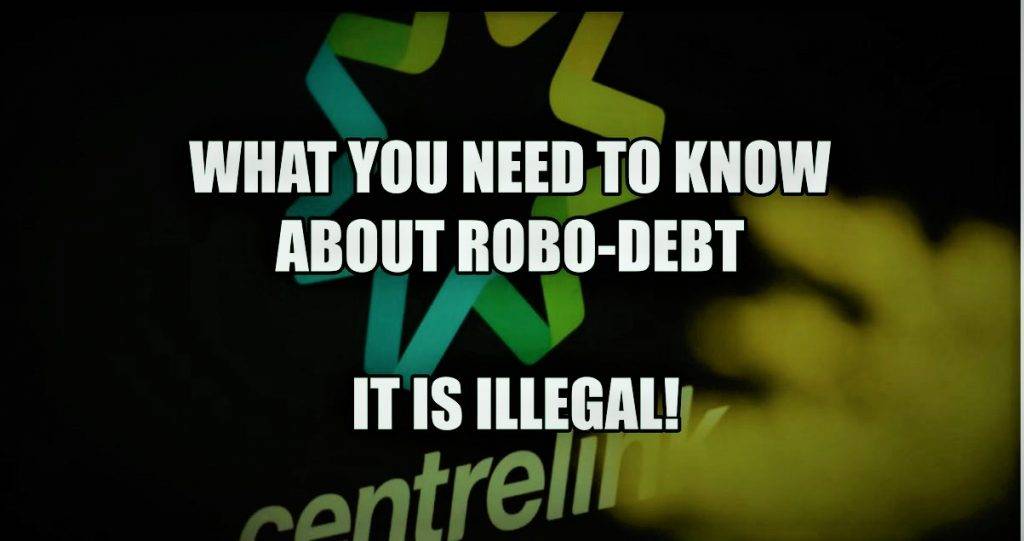Most probably you have come across the term Robo-Debt in the recent Australian mainstream media. However, many people are still unclear what the term really means.

What Is Robo-Debt?
Robo-debt relates to the Australian Federal Government’s online compliance initiative to match income data from the Australian Tax Office with income reported to Centrelink by welfare recipients.
Where previously compliance teams would manually check discrepancies in tax and Centrelink records as far as 2010, the new system immediately sent a letter to the welfare recipient, shifting the onus onto vulnerable Australians to prove they had not been overpaid.
Thousands of letters were sent to the wrong address and others were misunderstood or disregarded, either due to confusing wording or because the recipient could not find years-old payslips or bank statements to prove their income.
If a welfare recipient didn’t respond, a flawed process was used to calculate their debt, which involved averaging out their yearly income across all 26 of Centrelink’s fortnightly reporting periods. The process led Centrelink to assume, often falsely, that a welfare recipient had worked across an entire year and was ineligible for welfare. This robo-debt automatic system was telling the people they had to prove they didn’t owe the flagged debt.
External debt collectors were brought in if an individual failed to pay or respond to Centrelink with updated information, with thousands of Australian low-income people have been traumatised and harassed for years. Many of them ended with large debts they didn’t owe and had been forced to pay with interest.
Crucially, this scheme has put the onus on the individual to prove they did not owe any money.
By using this scheme, the government was basically saying they did not have to prove that debt is owed to the government.
According to the ABC news article from June 2019 titled “Centrelink robo-debt system is extortion”, some 600,000 Australians have been impacted by the scheme. Below are just some of publicly shared sentiments of those being hit by the robo-debt.
“I’m being made out to be a criminal.”
“When I went to try and get bank statements from the bank, they said that they don’t hold records for longer than seven years.”
“These debts are having a huge impact on people’s lives and people’s wellbeing.”
“It’s extremely stressful and especially when you can’t prove that you don’t have any debt. You have no power, and yet they’re still pursuing the debts.”
Robo-Debt Is Illegal
On 28th November 2019, the Australian Federal Court finds the automatic Robo-Debt scheme illegal and forces government to act.
This decision brought the entire Robo-debt scheme into question after the debt was found to be “not validly made”, and that a decision to withdraw money from a tax return was also invalid.
This decision impacts over 600,000 individual Centrelink debts and makes it clear that every single one of those debts is in question. The debts were not due to the Commonwealth and therefore not legal.
What Is The Robo-Debt Impact?
According to The Guardian, new figures show that Centrelink was forced to either wipe or change one of every six debts it raised against welfare recipients in the first year of its so-called robo-debt saga.
About 29,000 of the 165,000 debts raised against welfare recipients were either wiped to zero, reduced partially, or revised upward in the 14 months between July 2016 and September 2017.
The government has also only recovered about $84m of $350m debts the automated system identified over the same time period.
An online portal had been set up to help people with the robo-debt changes, with videos and written examples to help explain the system.
The draft legislation also triggered the start of single touch payroll, which means a person’s income data from the Australian Taxation Office is now automatically uploaded to the government system so bureaucrats can double-check figures.